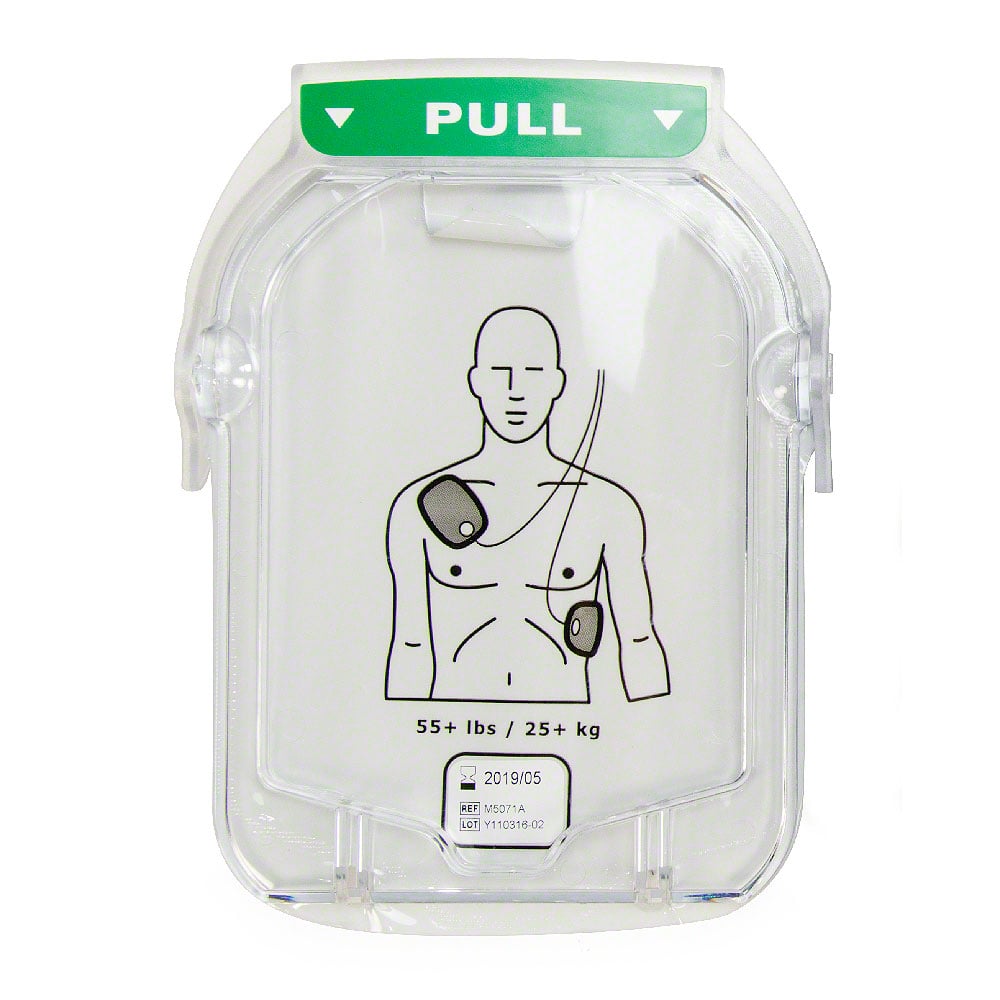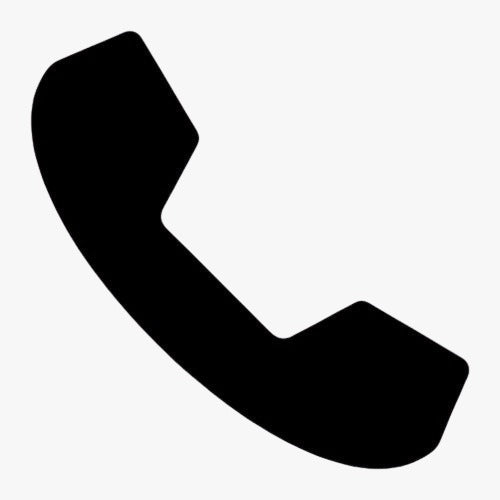Ensuring the safety of all students is of utmost importance for school administrators. To address one of the leading causes of death, selecting the best AED for schools is vital. While having emergency supplies, fire extinguishers, fire drills, and a nurse on staff is necessary, having an automated external defibrillator in the school is a critical component for overall safety.
Each year, around 9,500 students under the age of 18 in the US suffer from sudden cardiac arrest (SCA). In the absence of immediate assistance, 9 out of 10 SCA victims will die within minutes. However, with prompt defibrillation coupled with CPR, a victim’s chance of survival can increase by up to 90%. To be prepared for any unforeseen circumstance, it is essential to ensure that your school is equipped with the necessary resources.
Selecting the Ideal AED for Schools
Here are the key features to consider when comparing automated external defibrillators for your school:
Pediatric Functionality: When selecting defibrillators for preschools and elementary schools, it’s crucial to consider devices that offer pediatric capabilities. Some defibrillators come with separate pediatric pads, while others have a toggle switch that allows you to switch between standard and pediatric settings. Since children under the age of eight who weigh less than 55 pounds are not as capable of handling the electric shock administered by standard defibrillation, the pediatric settings are important.
Bilingual Capabilities: In districts where multiple languages are spoken, it is essential to have automated external defibrillators (AEDs) that offer audible instructions in more than one language. This will enable anyone to provide lifesaving defibrillation during an emergency.
To save precious: time in emergency situations, it is crucial to have automated external defibrillators (AEDs) that are easy to use, even for untrained individuals. Although some faculty members may have training in Basic Life Support (BLS), an untrained person may need to use the device at a moment’s notice. Therefore, it is essential to have AEDs that can be operated with minimal training.
Additionally, it is important to choose a manufacturer that is FDA-approved. The FDA has approved six manufacturers: Philips, HeartSine, Physio-Control, Defibtech, Zoll, and Cardiac Science. Ensure that each AED has:
- Includes an extended warranty
- Performs daily, weekly, and monthly self-tests to ensure readiness
- Contains new batteries and electrodes (note the expiration dates)
When buying used AEDs for your school, ensure that you only purchase recertified AEDs that undergo thorough testing and upgrades.
Top AEDs Recommended for School Use
Here are our top recommended AED models for schools, as they offer most or all of the features highlighted above and are affordably priced.
Physio Control LIFEPAK CR2
- With the Child Mode button, you can immediately decrease electrical energy without requiring additional electrodes.
- The device offers ClearVoice audible instructions to ensure that even inexperienced users can use the electrodes safely and effectively.
- Instructions can be toggled between English and Spanish with a single click.
Other distinguishing features:
- The Physio-Control LIFEPAK CR2 is the only automated external defibrillators on the market that allows CPR compressions during heart rhythm analysis.
- By connecting to Wi-Fi, the device can continuously self-monitor, guaranteeing its readiness and functionality whenever required.
Recommended accessories:
- In an emergency, it may be necessary to transport the AED over long distances. The LIFEPAK CR2 Case offers durability and portability, making it an excellent option for safely carrying the device from the administration building to the football field for treatment.
This AED is best for:
- Child-friendly features of the product are some of the most exceptional available, making it a suitable choice for preschools and elementary schools.
Cost: $1,940.
Philips HeartStart FRx
- With its Infant/Child Key, the Philips HeartStart FRx can immediately switch between adult and pediatric mode, providing a unique feature that sets it apart.
- This device is exceptionally user-friendly, as it provides voice commands and sensors that can automatically determine if an electric shock is necessary.
- Despite being lightweight, this device is designed to withstand mistreatment, dust, and moisture, making it ideal for challenging athletic settings.
Additional notable characteristics include:
- One of the most compact defibrillators available on the market, this device requires minimal space and is effortless to transport.
Recommended accessories:
- Philips HeartStart FRx Carry Case: The sturdy case provides sufficient room for the AED, the Infant/Child Key, and additional pads and batteries.
This AED is best for:
- With a durable and compact design, this device is perfect for use on athletic fields, making it an ideal option for middle and high schools with active sports programs.
Cost: $1,904 for a complete value package.
Cardiac Science Powerheart G5
- The Cardiac Science Powerheart G5 is compatible with both adult-sized and pediatric pads. Make sure to use the correct pads when administering treatment.
- Users can switch between English and Spanish at the touch of a button.
- The Rescue Coach™ technology supplies users with both text and voice instructions to assist them in completing the process.
Other distinguishing features:
- The CPR metronome aids in the CPR process, with audible ticks to indicate the compression rate.
- The audible feedback is tailored to the user’s level of proficiency.
Recommended accessories:
- Cardiac Science Backpack for Powerheart G5: Designed for rapid and secure transport, this backpack features separate compartments for the defibrillator and its accessories, along with clear labeling to prevent misplacement.
This AED is best for:
- This AED is highly customizable in terms of language, settings, and skill level, making it an excellent option for large and diverse faculties, particularly in high schools and universities. However, because separate pads are necessary for young children, it may not be as convenient for elementary and preschools.
Cost: $1,795
Accessories That Are Essential for AEDs in Schools
No matter which AED you select, specific accessories are crucial and should always be readily available:
Wall Cabinet: Using an AED wall cabinet can safeguard the unit and guarantee that it can always be located in one central location. An alarm sounds when the door is opened, alerting others to a potential emergency and preventing theft.
Additional Pads: AED pads may dry out with time, necessitating replacement. It’s crucial to keep track of the expiration date and replace them when necessary. Furthermore, after use and one year of storage, pads should always be replaced.
Spare Battery: While a typical AED battery lasts for at least four years, it’s critical to have an extra battery on hand in case of an emergency. If the AED is properly conducting its daily, weekly, and monthly self-tests, it will alert you when the battery needs to be replaced.
Do Schools Have a Legal Obligation to Provide AEDs?
The regulations concerning AEDs differ from state to state. Although 36 states mandate that high school students receive CPR training, only 16 states currently mandate automated external defibrillators for some or all schools:
- Alabama
- Arkansas
- Connecticut
- Florida
- Georgia
- Louisiana
- Maryland
- Nevada
- New Jersey
- New York
- North Dakota
- Oklahoma
- Oregon
- Rhode Island
- South Carolina
- Texas
Although the laws regarding AEDs differ from state to state, all schools should provide access to these life-saving devices. Currently, 16 states mandate automated external defibrillators in some or all schools, while 36 states require high school students to receive CPR training. Among those 16 states, public schools are required to have an AED, while private schools are also mandated in New Jersey and Oregon. Regardless of legal requirements, having an AED readily available is crucial for every school.
Buying AEDs for Schools
At Response Ready, we are proud to be the leading provider of high-quality automated external defibrillators. Our commitment to customer satisfaction includes free delivery on orders over $99, a 30-day return policy, and a one-year low-price guarantee. Browse our wide selection of AED devices and order yours today to ensure you’re ready to respond in an emergency.
Disclaimer for information purposes only:
Our website provides information for general knowledge and informational purposes only. We do not offer medical advice, diagnosis, or treatment. Readers should consult with qualified healthcare professionals for personalized medical advice.
While we endeavor to ensure the accuracy and reliability of the information provided, we do not guarantee its completeness or suitability for any specific purpose. The use of this website is at the reader’s own risk.
By accessing and using this website, you agree to indemnify and hold harmless the website owners, authors, contributors, and affiliates from any claims, damages, liabilities, losses, or expenses resulting from your use of the information presented herein.






